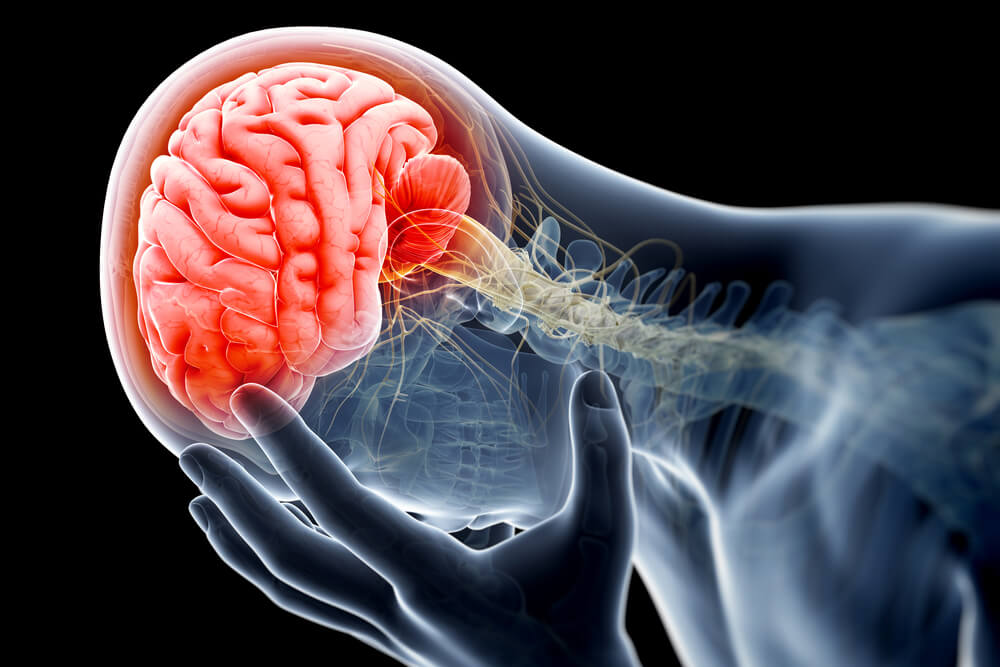In the realm of traumatic brain injury TBI, the landscape of management and treatment has long been characterized by its complexities and challenges. However, the horizon of TBI management is undergoing a transformation, propelled by cutting-edge insights from laboratory research. These insights are not only reshaping our understanding of TBI but also redefining the approaches to its management and treatment. With approximately 69 million individuals worldwide suffering from TBIs annually, according to the World Health Organization, the significance of these advancements cannot be overstated. One of the key areas where laboratory insights are making a profound impact is in understanding the underlying mechanisms of brain injury. Traditionally, TBIs have been viewed as discrete events, with the focus primarily on immediate damage caused by the trauma. However, recent research has unveiled the dynamic and complex nature of TBI, revealing a cascade of molecular and cellular events that unfold over time. This understanding has shifted the paradigm from solely acute management to a more comprehensive approach that encompasses both acute and chronic phases of injury.

Insights into the molecular pathways involved in secondary injury mechanisms, such as inflammation and oxidative stress, are paving the way for targeted therapies aimed at mitigating long-term neurological deficits. Furthermore, advances in neuroimaging techniques are providing unprecedented insights into the structural and functional changes that occur in the brain following injury. High-resolution imaging modalities, such as diffusion tensor imaging DTI and functional magnetic resonance imaging fMRI, are enabling researchers to visualize alterations in white matter integrity, connectivity networks, and functional activation patterns associated with TBI. These imaging biomarkers not only aid in early diagnosis and prognosis but also serve as objective measures to assess the efficacy of interventions. Moreover, emerging technologies like wearable sensors and portable neuroimaging devices hold promise for real-time monitoring of traumatic brain injury labs in dallas patients, facilitating personalized and timely interventions. In addition to understanding the pathophysiology of TBI, laboratory research is driving innovation in therapeutic interventions. Novel pharmacological agents targeting neuroinflammation, excitotoxicity, and neuroregeneration are being developed based on insights gleaned from preclinical studies.
Moreover, advancements in neurorehabilitation strategies, including cognitive training, physical therapy, and neuromodulation techniques, are optimizing functional recovery and quality of life outcomes for TBI survivors. Integrative approaches that combine pharmacotherapy with rehabilitative interventions hold particular promise in promoting neuroplasticity and restoring cognitive and motor functions. Beyond traditional approaches, laboratory insights are also catalyzing the exploration of novel therapeutic modalities, such as stem cell therapy, gene editing, and neuroprosthetics. Stem cell-based therapies, in particular, offer the potential to replace damaged neural tissue, modulate the inflammatory response, and enhance endogenous repair mechanisms. Meanwhile, gene editing technologies hold promise for correcting genetic predispositions to neurodegenerative diseases that may exacerbate TBI-related pathology. Furthermore, neuroprosthetic devices, including brain-computer interfaces and functional electrical stimulation systems, are revolutionizing rehabilitation by enabling direct communication between the brain and external devices, thereby restoring lost motor and sensory functions.
